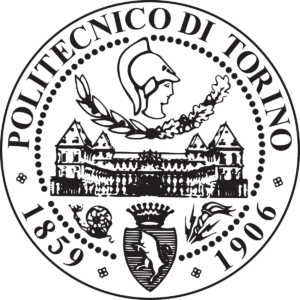
Keep up to date with our innovative initiatives.
Sign up here

Started at: 01-01-2024
Ends on: 30-06-2026
Budget: € 4 516 787,50
Areas: Cybersecurity & DLT-Blockchain
iTrust6G aims at designing and implementing a network architecture implementing zero-trust principles to increase the trustworthiness of 6G networks at several levels: AI/ML algorithm exploited for threat handling, asset compliance, explainable security policies and asset observability.
The project aims to improve the accuracy and the efficiency of:
iTrust6G will exploit AI/ML for security management purposes (enacting security automation and contributing to the security of the service orchestration), trust management (via the trust assessment process), and at the control layer (for threat detection and mitigation purposes). Within the project, the i2CAT Foundation act as the Scientific & Technical coordinator, leads the preparation of the project’s architecture and oversees Work Package 5 – AI-Enabled Security Orchestration and Programmability – and, particularly, leads Task 5.1 – Programmable Resource Generation and deployment-. Within this task, researchers will ease the secure conception and the development of network services operated in 6G networks by selecting and integrating adequate security enablers in resources to protect. To that extent, they will define the interfaces needed to program and configure security enablers, service orchestrators and runtime to cope with various security requirements and inspect the security posture of a resource. They will also investigate novel virtualisation models facilitating security programmability at design and operation times. Within this task, researchers will elaborate a policy model to express those security requirements consistently, extending the Topology and Orchestration Specification for Cloud Applications (TOSCA) modelling language. Finally, they will evaluate several models to conduct the programmability at different steps of the resource lifetime (design, deployment, and operation phases) and will conceive a resource generator to conduct design-time programmable actions.
The project envisions 3 use cases to validate the technological developments within iTrust6G.
Economic impacts
Societal impacts
Funded by the European Union. Views and opinions expressed are however those of the author(s) only and do not necessarily reflect those of the European Union or the Smart Networks and Services Joint Undertaking as granting authority. Neither the European Union nor the granting authority can be held responsible for them.










iTrust6G project has received funding from the Smart Networks and Services Joint Undertaking (SNS JU) under the European Union’s Horizon Europe research and innovation programme under Grant Agreement No 101139198